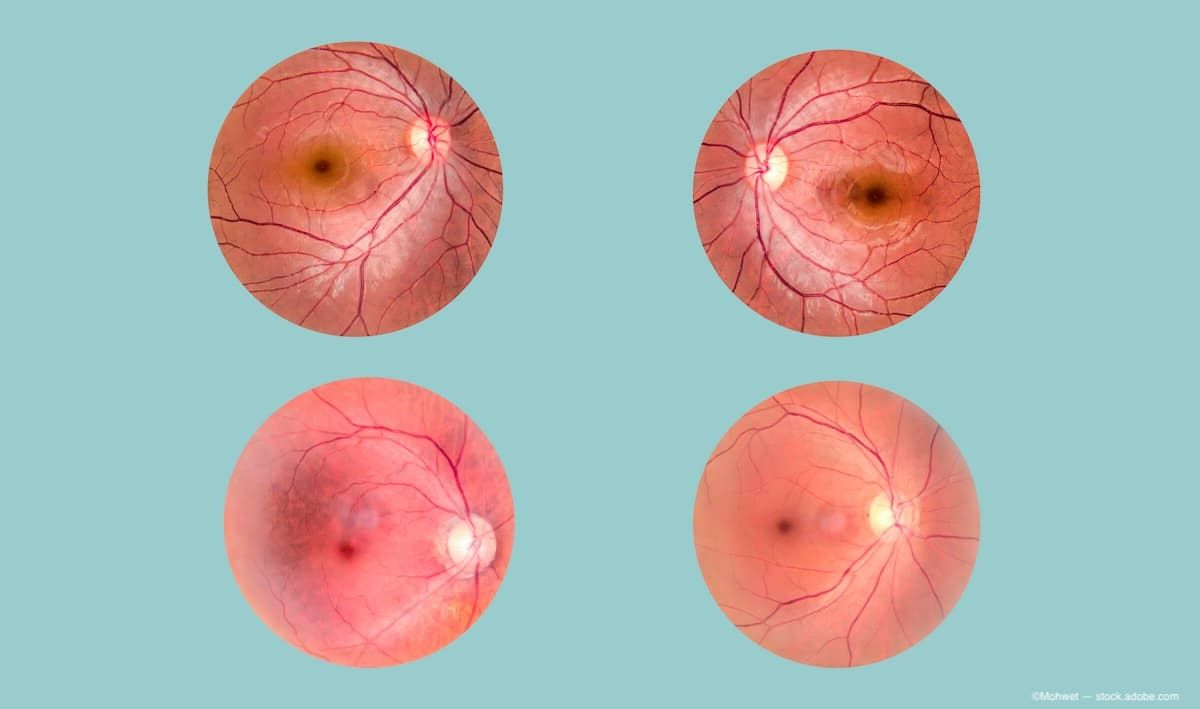News
Video
EyeCon 2024: New treatments in geographic atrophy from detection to intervention
Author(s):
Adam S. Wenick, MD, PhD, chaired a symposium on geographic atrophy (GA) at EyeCon 2024, focusing on the diagnosis, monitoring, and FDA-approved treatments for GA. The session with Leonard Messner, OD, FAAO, also included case presentations that highlighted key factors for clinicians to consider when selecting appropriate treatment options.
Adam S. Wenick, MD, PhD, chaired a symposium on geographic atrophy (GA) at EyeCon 2024, focusing on the diagnosis, monitoring, and FDA-approved treatments for GA. The session with Leonard Messner, OD, FAAO, also included case presentations that highlighted key factors for clinicians to consider when selecting appropriate treatment options. Wenick shared some of the highlights of the symposium in this Ophthalmology Times interview with Sheryl Stevenson, group editorial director.
Video Transcript:
Editor's note: The below transcript has been lightly edited for clarity.
Sheryl Stevenson: We are joined today by Dr. Adam Wenick, who is among the faculty at this year's EyeCon conference, September 27th and 28th in Fort Lauderdale, Florida. Thank you for joining us. We're so delighted to talk to you today. I understand you're going to be chairing the featured symposium regarding geographic atrophy (GA). What can you tell us about what attendees can expect to learn at this year's symposium?
Adam S. Wenick, MD, PhD: Thank you for having me. In this symposium we're first going to review the diagnosis and monitoring of geographic atrophy, as well as some other aspects of age-related macular degeneration, including neovascular age-related macular degeneration. And then we'll touch on the...we finally after many years have two FDA-approved treatments for GA so we will delve into the data from the clinical trials on these agents, and then have some case presentations about which patients might be most appropriate for the use of these new agents and what factors to consider when deciding whether these treatments are appropriate.
Stevenson: What are some of the factors that can help clinicians sort through the different case scenarios when one agent may be a better indication than another in certain circumstances? What are some of the guidelines or helpful pearls for them?
Wenick: I think one of the things isn't even which agent, but more so whether any treatment is appropriate for them. And I think the factors such as the fellow eye and what the vision is like there, how close the areas of geographic atrophy are to the fovea, as well as the presence of neovascular AMD, either in the fellow eye or in the eye for which we might be considering treatment are all very important considerations.
Stevenson: As you mentioned, it's exciting to have these two new approved therapies in this space. And there's a lot going on in geographic atrophy in general in terms of other advancements, therapies, and approaches. What are you most excited about in terms of geographic atrophy and what this means for patients?
Wenick: I think looking long term, stem cell therapy is one of the more exciting treatments. And there have been some Phase 1 and 2 trial data on this that's not ready for prime time yet, but certainly offers hope for the future to not just slow progression, but potentially to even reverse some damage that's occurred.
Newsletter
Don’t miss out—get Ophthalmology Times updates on the latest clinical advancements and expert interviews, straight to your inbox.




